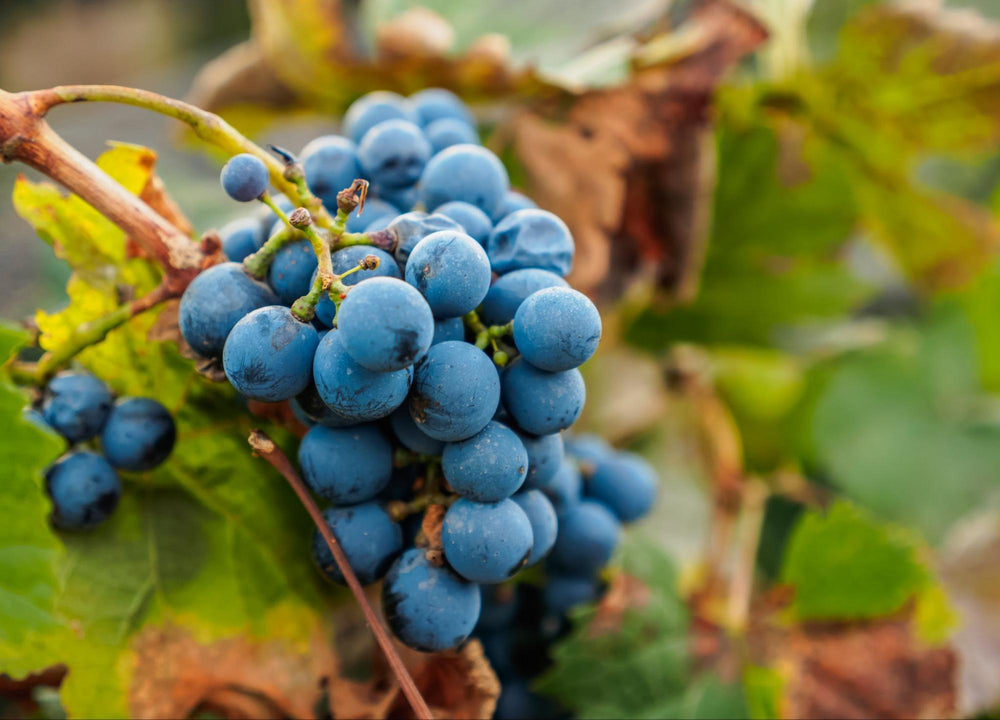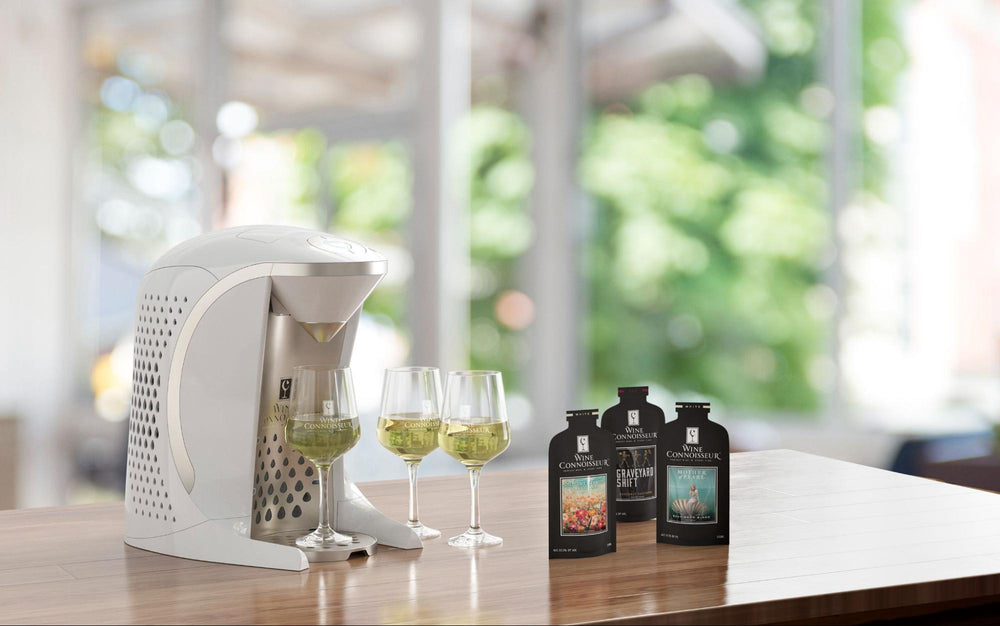What Exactly Are Tannins?

Decadent dark chocolate. A piping-hot cup of coffee. A mouthwatering glass of red wine.
What do all of these have in common? Yes, you probably shouldn’t leave them out for your dog. But there’s something a tad more important — they all contain tannins.
Many people have heard of these bitter compounds but might not fully understand why they’re so common in our favorite snacks and sips. Well, curl up with a glass of red and read on as we dive into everything there is to know about tannins.

Natural and Textured
Tannins are naturally occurring compounds that create an acidic, mouth-coating texture when you bite into an unripe fruit like a plum or drink a strong cup of black tea. They provide a sense of structure and weight to fruit juices and other liquids, giving them extra viscosity when compared to water.
These compounds provide complexity and richness to many of our favorite foods and beverages. Tea and coffee exude a pleasant bitterness due to the tannins found in them while dark chocolate tastes more refined than its milky siblings due to the increased levels of cocoa texture.
The tannins in wine, of course, are no exception.
Where Do Tannins Come From?
In wine, these compounds originate from four main sources:
- Grape skins
- Pips (seeds)
- Stems
- Oak barrels used during aging
Tannins are released from the skins, seeds, and stems after the grapes are pressed before fermentation begins. White wine contains far fewer tannins than red wine as it’s made almost exclusively from grape juice while red wine uses the entire grape, stems, seeds, and all.
Another major factor to consider is how long the juice is in contact with these tougher parts of the grape. This process is called maceration and it has a great impact on the quality and quantity of tannins within every wine.
For example, rosé wines are made in exactly the same manner as red wine, only with far shorter maceration time. This gives these wines their distinct pink hue and far fewer tannins than a traditional red.
How Do Tannins Feel?
To understand how these compounds feel in the mouth, we have to understand a little bit more about how we taste.
After all, what makes our saliva different from water? The key is in our enzymes.
These proteins break down carbohydrates into sugars, which is why fluffy bread dissolves into sweetness when left on the tongue.
Well, these same enzymes bind to tannins as soon as they enter the mouth. In other words, these compounds act like a vacuum, sucking up your saliva and leaving your mouth feeling dry.
This is why red wine and rich meats are considered a natural pairing. The moist fats of steak and pork are contrasted by the dry, textured quality of bitter tannins.

How Do You Describe Tannins?
In general, sommeliers seek tannins that are fine-grained and mature. These compounds are pleasant but noticeable and bring a desirable soft texture to each sip. If instead, the sip tastes overly bitter and comes with undesirable astringency, these compounds might be described as “green” or “unpolished.”
If you want to know more about a specific wine’s tannic qualities, simply take a sip and ask yourself questions like —
Do the tannins dominate or are they complementary to the fruit and freshness? Do they taste chalky and grainy? Or soft and velvety?
In essence, do they add to the wine or detract from the taste?
Which Wines Have the Most Tannins?
While most red wines contain higher tannin levels than white wines, some red wine varietals tend to contain more of these compounds than others.
Those that have the most tannins are:
- Merlot
- Sangiovese
- Tempranillo
- Syrah
- Tannat
- Malbec
- Nebbiolo
- Cabernet Sauvignon
Some red wine grape varieties like Pinot Noir and Grenache have far thinner grape skins, rendering these as relatively low tannin red wines. But remember, the grape is not the end-all-be-all when it comes to determining tannin levels.
You might have seen a red wine tannin chart that led you to believe that high-tannin wine varietals are also bolder varietals.
However, the grape variety only gives you a rough idea of the qualities of a tannic wine. For example, Syrah contains a ton of tannins but expresses itself either mildly or boldly depending on the specific vineyard and vintage.

Get In Touch With Tannins
Becoming more familiar with wine tannins is a small step to fully appreciating all the dimensions that great wine has to offer. Of course, these compounds aren’t the only quality that makes up a mouthwatering wine.
The climate, vineyard, temperature, and oxidation levels all heavily contribute to your ultimate enjoyment of a glass of wine. A top-shelf vino served too warm will taste overly pungent. If your glass is too cold and poorly oxidized, the wine’s subtle flavors might be muted and undistinguished.
Instead of stressing about the dozens of serving factors to get absolutely right, consider a personal sommelier system like the Wine Connoisseur. Our single-serve wine dispenser perfectly calibrates each glass to its optimal serving temperature and oxidation levels, helping focus on what really matters — every delicious sip.



